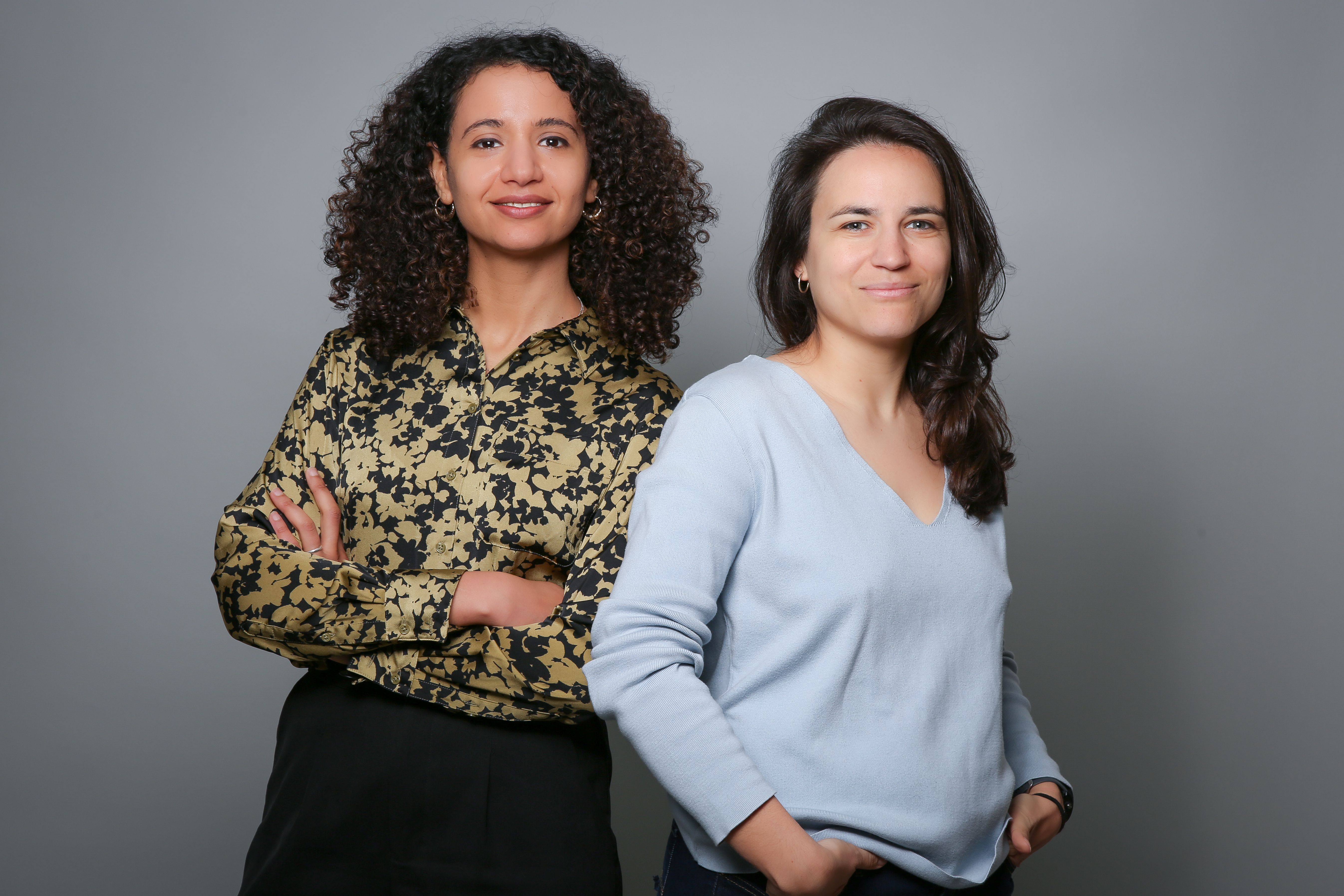MOO: 'Scaling can be painful'



MOO CEO and Founder Richard Moross on serving customers in 200+ countries.
When MOO was founded in 2004, the team, which then consisted of just eight people, decided they’d gather for a company lunch every Friday. A decade later, that tradition not only endures, but the get-together is now attended by twenty times as many staffers and catered by “a good local restaurant” of which there are ever-increasing numbers around the company’s Shoreditch, East London HQ.
MOO, which is perhaps best described as the go-to place for business print and design online, was among the first wave of internet-based pioneers to set up shop in East London -- long before the area attracted artisan coffee-shops, thirty-somethings on skateboards and the attentions of the UK Government.
The founding team was drawn to the neighbourhood for its rich industrial heritage, explains founder and CEO Richard Moross. “Historically, it was the area next to the city that did the manufacturing.
“What’s happened over the last ten years or so is that hundreds of companies, the digital factories, if you like, have moved into these old factory spaces,” he says, indicating MOO’s warehouse surroundings. “They have high ceilings and lots of light and they’re really suited to the creative and innovative companies of today.”
Amid the cluster of technology start-ups and businesses in the area, now rebranded as Tech City, MOO is that rarest of beasts: an online company, which manufactures on site. The cacophony from the printing machines a few floors below Moross’s office is testament to this.
Yet when he first took the decision to print in-house, Moross recalls that people kept asking him why the company wasn’t doing its printing, for example, in China? “There are several reasons we’re producing and manufacturing here, but the primary one is to be close to the product,” he says.
“In a business that takes the design, the packaging and the materials to be of very high value for the customer, having it in the building and being able to look at that stuff and check it, and have customer services connected to it just always made sense. Also it’s a very small footprint -- it’s not like we need tens of thousands of square feet to do the printing.”
Moross acknowledges that manufacturing will “have to be moved at some point, because it’ll just get too big”, however, he says the company has chosen to own the parts of the value chain which are essential to its product and outsource everything else.
“We try and own the stuff that makes us different, the stuff that makes us stand out and having printing in-house enabled us to prototype rapidly, to ensure that there’s a much lower level of rejections and a much more consistent quality.”
Today MOO, which is best known for its customised business cards and stationery, has customers in over 200 countries, but Moross says as eye-catching a figure as that is, it isn’t the best way to tell the story of the company’s development. “A better way to look at it, is that we’re a UK-registered and headquartered printing business, where 80% of our revenue is not from the UK.”
U.S. Hub
The company’s initial business plan was that it would be a ‘white label’ business, which would partner with twenty or so of the fastest-growing online properties to enable users of those communities to buy, print and make a physical product out of their online identity.
The first such partnership – with Flickr -- was launched in September 2006. A number of others, including with blogging platforms and other photo-sharing sites, soon followed.
Yet securing such partnership deals -- as well as coping with the resulting orders -- was the “easy part” of growing the business, says Moross. Languages and payment methods, in particular, proved far harder.
“The first problem we encountered, and this was in the first two or three days, was that people were entering text to make an order in Japanese and Hebrew and other non-Latin character set languages. We didn’t have Unicode support so we were just screwed.
“The second issue we had was to figure out how to ship [our products] around the world. We found that, initially, lots of orders were coming from America – because a lot of Flickr’s customers are in America -- so we tried all sorts of different things to try and more efficiently ship to the US.”
Ultimately, it became obvious that with US growth driving the company’s overall growth (America now accounts for about 60% of MOO’s revenues), opening up a printing and distribution operation in the US was the logical next step.
“Our COO at the time whom we’d brought from the US to London to work with us three years earlier, returned to the US and really drove the charge for us to start printing and shipping from there. Initially, we worked with a print partner. But then, as the production grew and grew, we brought it in-house.”
Opening the U.S. hub (in Rhode Island) was one of two large-scale investment decisions which Moross identifies as critical factors in MOO’s success. “It’s very scary when you say ‘OK, we’re going to open up in a new country’ with all that that involves,” he recalls. “But had we not made that investment, we wouldn’t be where we are today.”
The second investment, in 2010, saw the company spend nearly a year fixing moo.com. “Scaling is painful and it’s sometimes knowing when to down tools on the day-to-day stuff and be strategic and make investments that will help you scale,” says Moross.
“As we’d grown bigger, changed directions and done lots of different things, we hadn’t built the most sustainable platform for MOO to sit on. As a result it was falling over a lot. So we made a decision that, rather than doing it piecemeal, we’d essentially down tools and fix the platform so that we didn’t have a massive car crash later.”
Trillions of gallons
How did MOO – which now prints millions of cards for hundreds of thousands of customers every month -- manage to ensure that they retained the quality of their products, as well as their personal service touch, as the company scaled?
“They are mutually inclusive,” replies Moross. “I think you can build quality that scales. If you start off with that premise you won’t have a problem.
“You just need to design with scale in mind. We’re printing on machines that can print hundreds of millions of cards per year. Our paper is sustainably sourced and all the ink comes from companies that have been making trillions of gallons of it every year. If all the inputs are highly scalable you can just continue to knock it out.”
But getting to that position has been far from easy. Moross is the first to admit that he made any number of mistakes in MOO’s earliest days; indeed, the first iteration of the company, he says, was 50% wrong and 50% right.
“It’s very difficult, as a first time entrepreneur, and probably for a founder at any stage, to recognize where you are falling down, what you should get rid of and what you should accelerate,” he says.
The original idea for MOO was “Facebook with cards”, but it quickly became apparent that while the Facebook side of the equation wasn’t going to work, cards – if done exceptionally well – would.
Moross says there have been several game-changing moments in MOO’s life story, which have been sparked by insights and advice from investors in the business. “I think investors in general see the signs more clearly of what is and isn’t working.”
Robin Klein – Venture Partner at Index, who was a seed investor in MOO – recognised very early on that putting photos on the product would be transformational, says Moross.
“Of course, he was absolutely right. Had we not had photos on our launch product, it wouldn’t have felt as personalized. Then when we started to do partnerships, it was Robin who had seen great potential in other businesses that had integrated offers with their partners.
“The introduction of business cards was again really driven by the investors. It was something at the time I didn’t want us to do.”
Ten years later, that clash of perspectives between the executive team and board members – who include Klein and Index partner Neil Rimer – remains every bit as important, says Moross.
“Executives are inward-focused, they like to agree a plan and execute it. That’s really what you are tasked with. Whereas non-executives don’t care about your plan, for them it’s ‘Let’s think about the big picture, let’s look at the trends’. But those conflicts are actually really healthy.”
And with that, the interview’s over. It’s Friday late morning, a colleague looms in the doorway -- and lunch will soon be on its way.
Posted on 24 Mar 2014
Published — March 24, 2014
-

-
